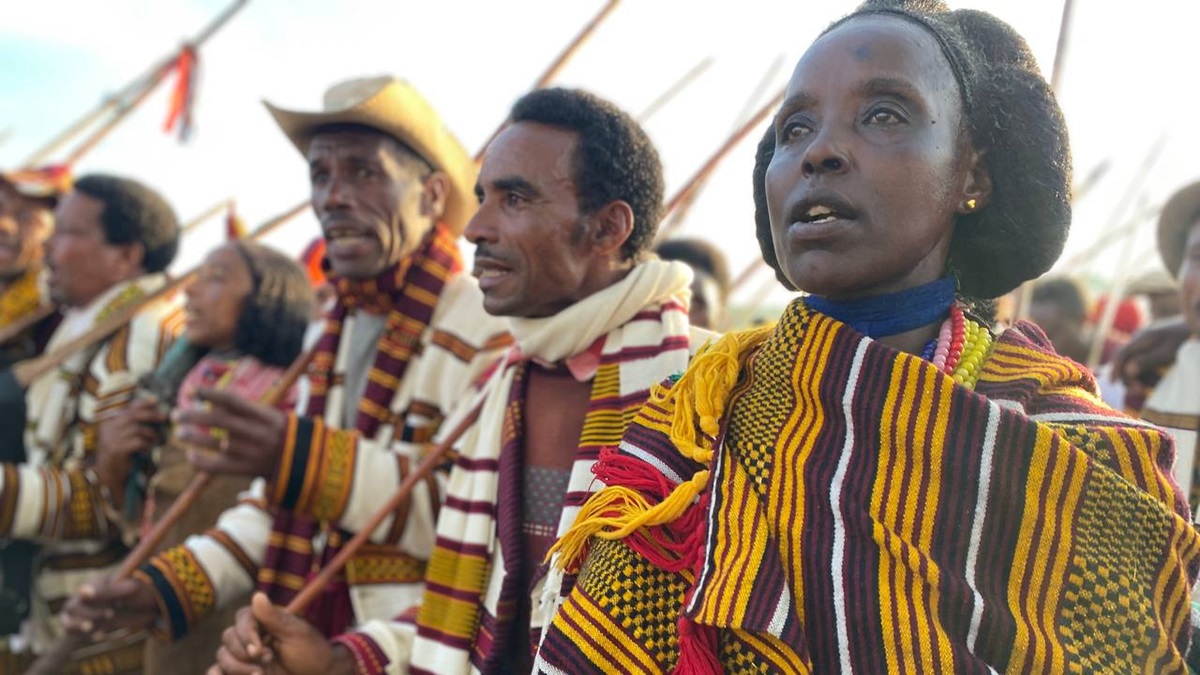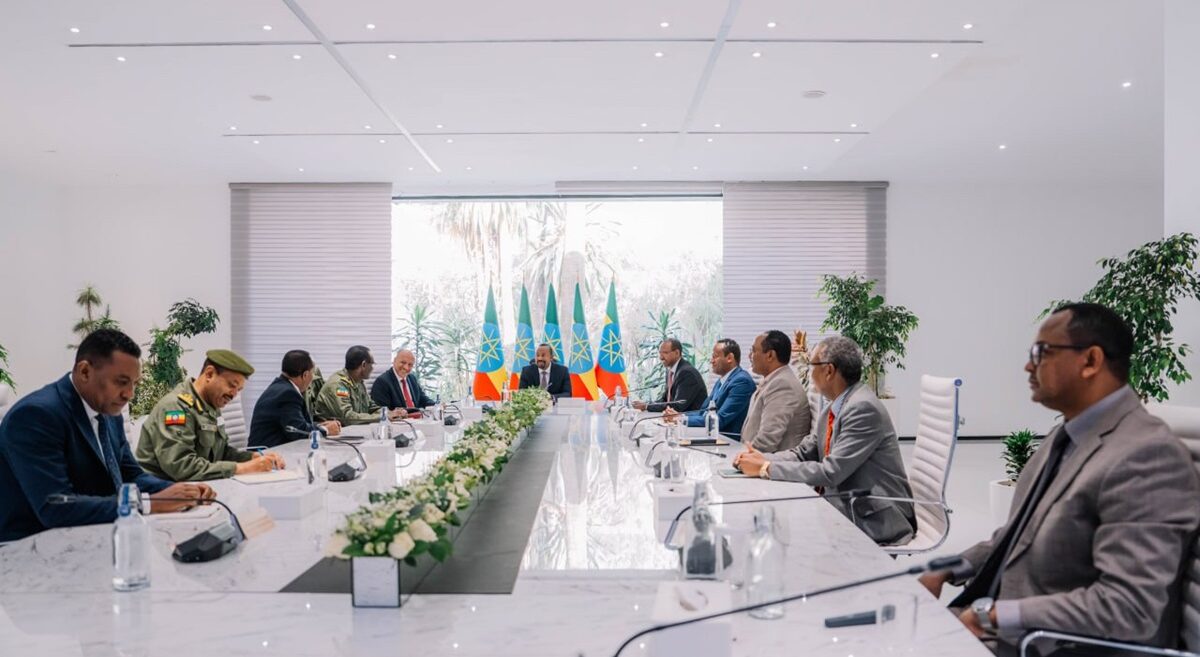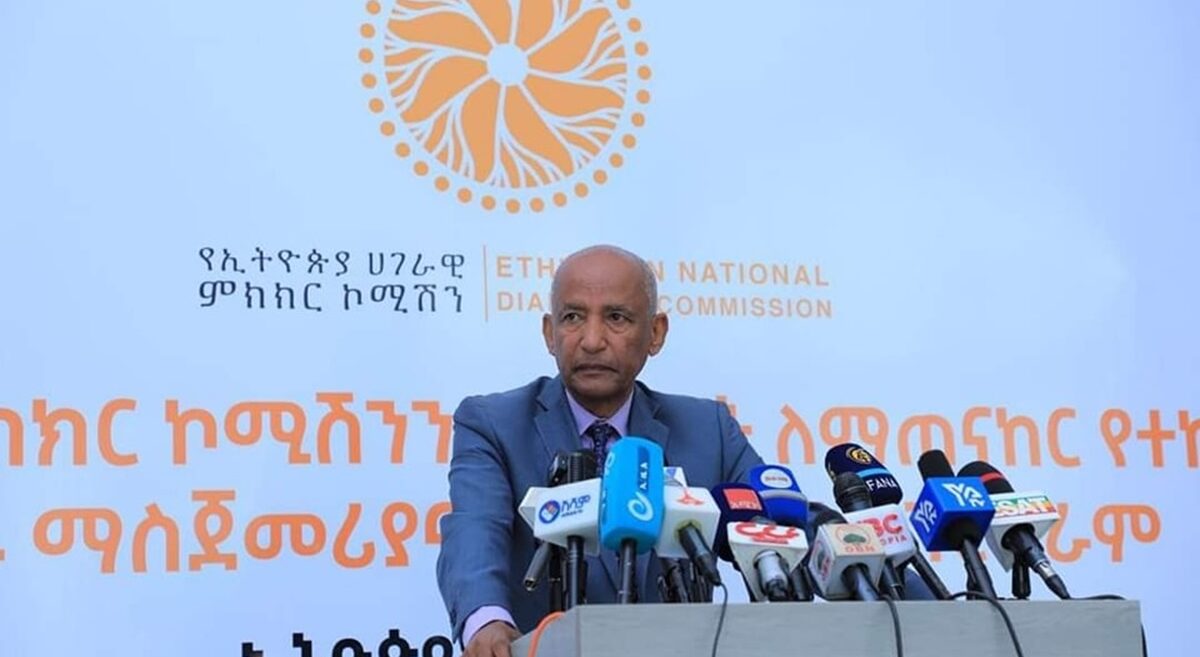Economic Commentary: Can Ethiopia salvage its industrialization momentum?

By Guest Contributor
Addis Abeba – Talks of factories closing shop and furloughing workers is the new norm for Ethiopia’s nascent industrial sector. From big international names to local facilities, the trend affects the whole range of establishments. The phenomenon has gone so worrisome that the Ministry of Industry, led by Melaku Alebel, has started a new campaign called “Ethiopia Tamrit”, to keep the sector together. But the challenges are numerous, and the task is so tough that it will take a huge effort before Melaku and his colleagues see any sign of recovery, if possible.
Ethiopia’s industrial sector is not that big. It forms the smallest part of the gross domestic product (GDP). The size gets even smaller if the major component of the sector, construction, is deducted. The sector has been growing at an average rate of 12% between 2000 and 2021. Yet, it remains an underperformer compared to service and agriculture.
While around 10% of the total employment in the economy comes from the sector, average annual tax revenue from it stands at 30%. The share of industrial products from total export remains low, at 13%, while earnings have been growing over the years to reach 400 million USD in 2021.
Marred with multiple problems
Ethiopia’s industrial sector performance is marred with multiple problems, starting from lack of clear political guidance to operational challenges. The latest destruction the sector suffered from the civil war that started in Tigray and spread to Afar and Amhara states, and politically driven targeting of facilities by dissenting groups has just worsened the case. A targeted sanctions regime by the United States, mainly the removal of Ethiopia from the African Growth and Opportunity Act (AGOA) preferential trade treatment benefit, added more pain to the injury. Add to that, a very bleak macroeconomic stance stands in the way of any meaningful redress to sectoral challenges.
The ideological underpinnings of the pre-2018 industrial policy come from the books of Revolutionary Democracy. Under the auspices of the Developmental State model, the state took the responsibility of picking the winners and directing resources to selected few “productive investors”. Lucrative incentives, including favorable financing terms, access to land, preferential access to foreign exchange and advantages in the public procurement system were extended to ensure the selected winners stand afloat.
In areas where there are no private investors or the risk premium is high, the state deployed its arsenal of state-owned enterprises (SOE) to play the industrial pioneering role. Protected from the natural workings of the market through political appointments of executives and board members, the SOEs grew to dominate several sectors, while sometimes they tend to be the only game in town.
With poverty reduction being the center of political and policy narratives, enhancing industrial productive capacity was taken as a major undertaking for the state to ensure structural transformation
For the-then ruling elite, gathered under the ruling coalition – EPRDF – the blurred line between state and party, party and SOEs, and party HQ and boardrooms was often something to brag about. The astronomical growth in the country’s infrastructure base, the consistent and high inflow of foreign direct investment (FDI), the erection of industrial and agro-industrial parks in various parts of the country, the rapid growth in production and consumption of construction inputs and the very high inflow of foreign assistance were things that officials of the time used to take pride from.
With poverty reduction being the center of political and policy narratives, enhancing industrial productive capacity was taken as a major undertaking for the state to ensure structural transformation. Industrialization was considered instrumental to the creation of harmonious political economy that embraces diversity and creation of an egalitarian society. As such, huge investment was allocated to laying the infrastructure base for the sector’s growth and all possible arsenals of regulatory protectionism were deployed to enhance absorptive capacity.
Growth and Transformation Plan and all that
The rather piecemeal industrial policy of the time started to crystalize in 2005 when the first Growth and Transformation Plan (GTP) come to scene. A new initiative of establishing specialized economic zones (SEZs) called industrial parks (IPs) started. Considering the global labor wage dynamics, the increasing interest of foreign investors to get out of China (due to high labor costs), and the competitive labor cost advantage that Ethiopia has, the policymakers of the time focused on attracting light industries in textile and leather sector. A lucrative incentive scheme was arranged, and external credit was used to build IPs in various parts of the country.
Although slow, the recognition of Ethiopia as an emerging destination for light industry FDI started to take shape. Global brands started to flock in, both directly through their own facilities as well as through partnership with other establishments. IPs like Hawassa became very popular that they beceme spots that visiting leaders and heads of state will be invited to tour.
But the success achieved was way lower than the intentions of the policy architects. As the evidence that came later show, the process of picking the winners was heavily influenced by politics that economically costly incentives were lost to serve the interests of patronage networks of politicians. SOEs that were meant to play pioneering role became harbingers of corruption. The revolving door between the party and the SOEs boardrooms became the entrance into ethnicized monetization of politics. The debt burden of the SOEs grew exponentially that the country entered debt distress. The uncontrolled amoebic emergence of SOEs and endowment companies crowded out the private sector that domestic investment in productive sector became a rarity. And the performance of the real economy got dragged by macro distortions and corruption.
Unlivable wages, weak linkages with local economy, issues of unionization, housing problems in and around IPs, waste and waste disposal, high staff turnover, irregularities in hiring practices, and poorly positioned support services all stained Ethiopia’s industrial journey with brutish color.
At operational level, the industrial sector was faced with severe restrictions in access to foreign currency, energy shortage, high logistics cost, narrow employable labor base, high input cost and bureaucracy. Industrial establishments were operating at lower-than-average capacity, accessing operating capital was difficult and costly, factories were exposed to excruciating demurrage costs, hiring and onboarding costs were unbearable, and corruption increased the mark-up for businesses.
Winds of change and blur
When the new administration came to power in April 2018, that industrial journey was between a rock and a hard place. The IPs were generating only 30% of the planned forex earnings, most were sitting half-built with critical infrastructure such as waste disposal system not in place, a sizeable number of built-in sheds were not occupied, employee turnover was at historic highs (up to 80% in some cases) and one-stop shop services was not there.
For pretty much of the last four years, the government remained unclear on what it sees as a way forward for the parks. The first declaration was that they will be privatized, which was not that much attractive a deal for the global investor base. Later, the guidance shifted towards keeping them within the state’s books, but to modernize their management and translate them into profitable ventures. Yet, the stirs coming from different agencies (Ministry of Finance, Industrial Parks Development Corporation (IPDC) and the Ethiopian Investment Commission (EIC)) were different. So, investors were left to contemplate.
While the administration was happy to cut ribbon of uncompleted IPs (largely for PR purposes), there was little substantial discussion on the way to maintain the industrial momentum and even less about adopting the model to the changing global economic dynamics
Indications were that industrialization is no more a priority for the new administration. Promotion of new billion Br service-sector projects, the back-benching of the senior advisors on industrialization, including Arkebe Oqubay (PhD), the change in leadership at EIC and the increasing passiveness of the IPDC were also showcases that industrialization was being de-prioritized. While the administration was happy to cut ribbon of uncompleted IPs (largely for PR purposes), there was little substantial discussion on the way to maintain the industrial momentum and even less about adopting the model to the changing global economic dynamics.
The global COVID-19 pandemic and the war in Tigray came back-to-back to push a sector that was under duress to what seems to be a chronic ailment. COVID-19 induced cancellation of orders, downsizing of labor force, closure of facilities, breaking of supply chains and complete closure of essential markets. Although factories attempted to repurpose their lines, explore new markets, enhance their efficiency and access to credit lines to stay afloat, the hit was so hard that most had to go through the toughest of their time.
The war that broke in November 2020 in Tigray sent an even stronger shock to the sector. It was clear that a sector that was just passing through the toughest time in its history will have to make use of its lasting gasp to recollect itself. Foreseeable impacts included macro distortions, the damage of facilities, destruction of basic infrastructure, death and displacement of people (including employees), breaking-up of local supply and logistic lines, and the shift in focus of government away from ordinary undertakings (and hence services).
What transpired is monumental. The war brought unimaginable destruction to basic infrastructure, facilities and livelihoods. The whole government apparatus got sucked into the war that services came to a complete standstill. Death and displacement become the new norms. Supply and logistic lines become targets. And the macroeconomy was pushed to its breaking point, with military spending taking a hit and inflation going through the roof.
What worsened the case is the sanction regime that followed. In particular, the removal of Ethiopia from the AGOA preferential trade treatment list was the last needle on the sector’s coffin. Some international brands, such as PVH, closed their facilities, while others started to look for other sourcing markets nearby, such as Kenya. Entry and expansion plans got cancelled. And the sector stood in limbo, unable to see what the future holds and what to make of the events unfolding.
Although active engagement and toxic propaganda has subsided, where we are is an extension of the war phase. So, the industrial momentum is at its lowest point, with lack of clarity on overall political settlement, macroeconomic issues, sector prioritization and strategies around the operational challenges of the sector.
If Ethiopia is to salvage industrial momentum, it needs to bring the ongoing war to end, work towards an inclusive political settlement and attend its macro-distortions
Latest headlines show that more and more facilities are getting closed by each day, mainly due to inability to access foreign currency to import inputs. Although the new “Ethiopia Tamrit” campaign could help bring the challenges of the sector to the fore, there is little it can add in the form of solutions.
If Ethiopia is to salvage industrial momentum, it needs to bring the ongoing war to end, work towards an inclusive political settlement and attend its macro-distortions. Unfortunately, the menu list is not one that is up for choice. The country must do all of these.
The main question, at least for now, is whether the ruling elite understands the stakes at hand and whether it will act faster. From the perspective of the industrial sector, each day of inaction entails a newton of push for the burial of what was once a prospective African industrial story. AS

Editor’s Note: This article first appeared on the June 2022 edition of Addis Standard print magazine, the publication of JAKENN Publishing PLC







